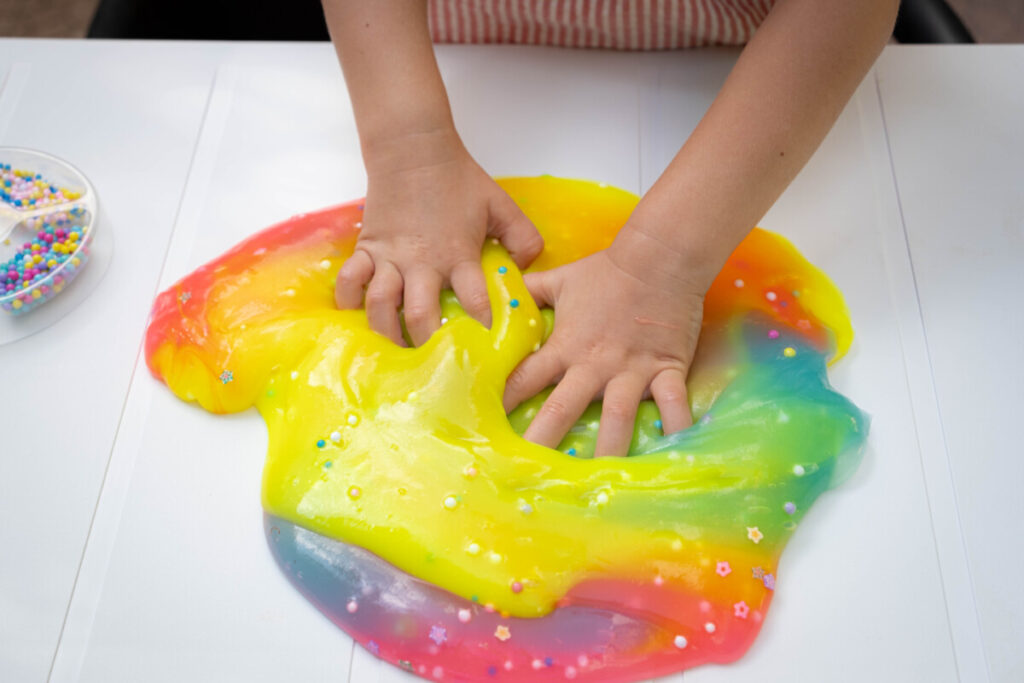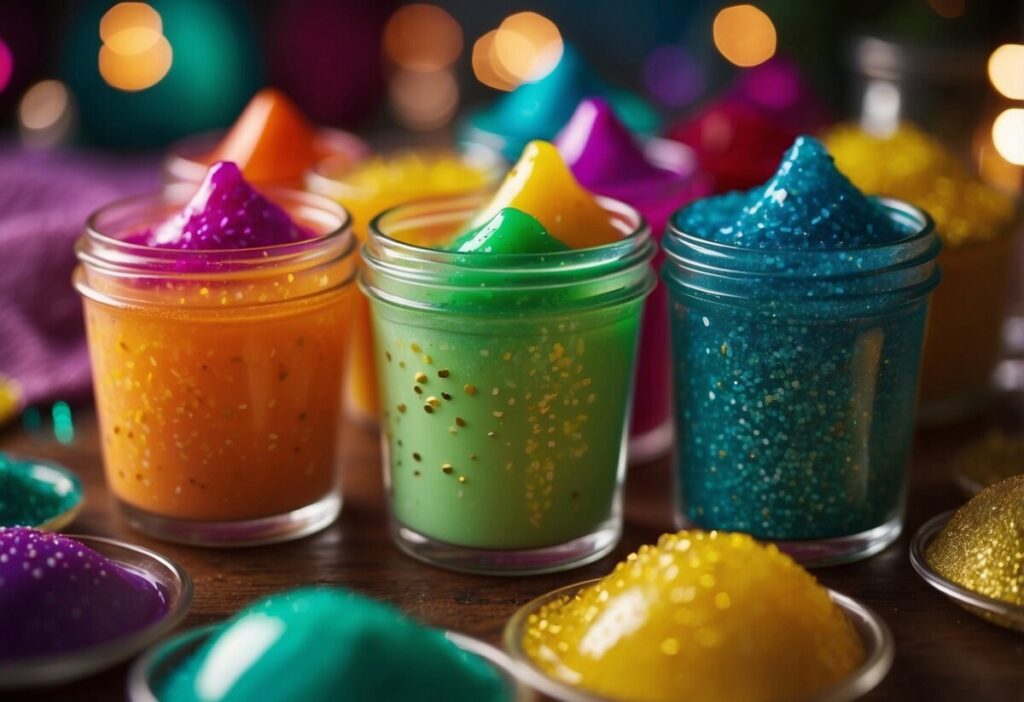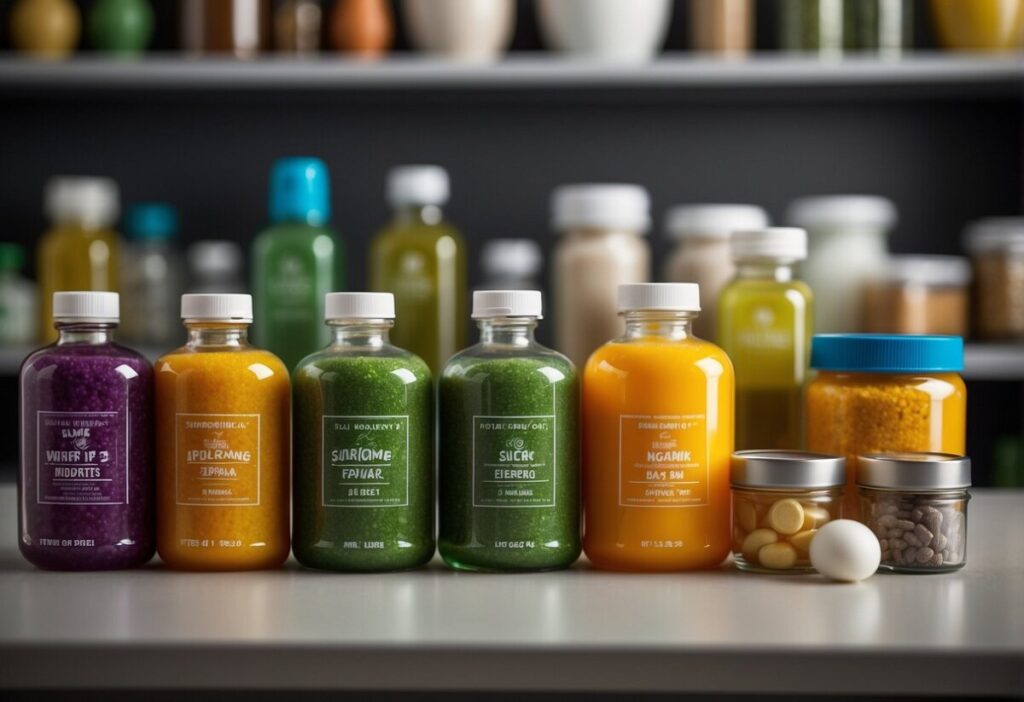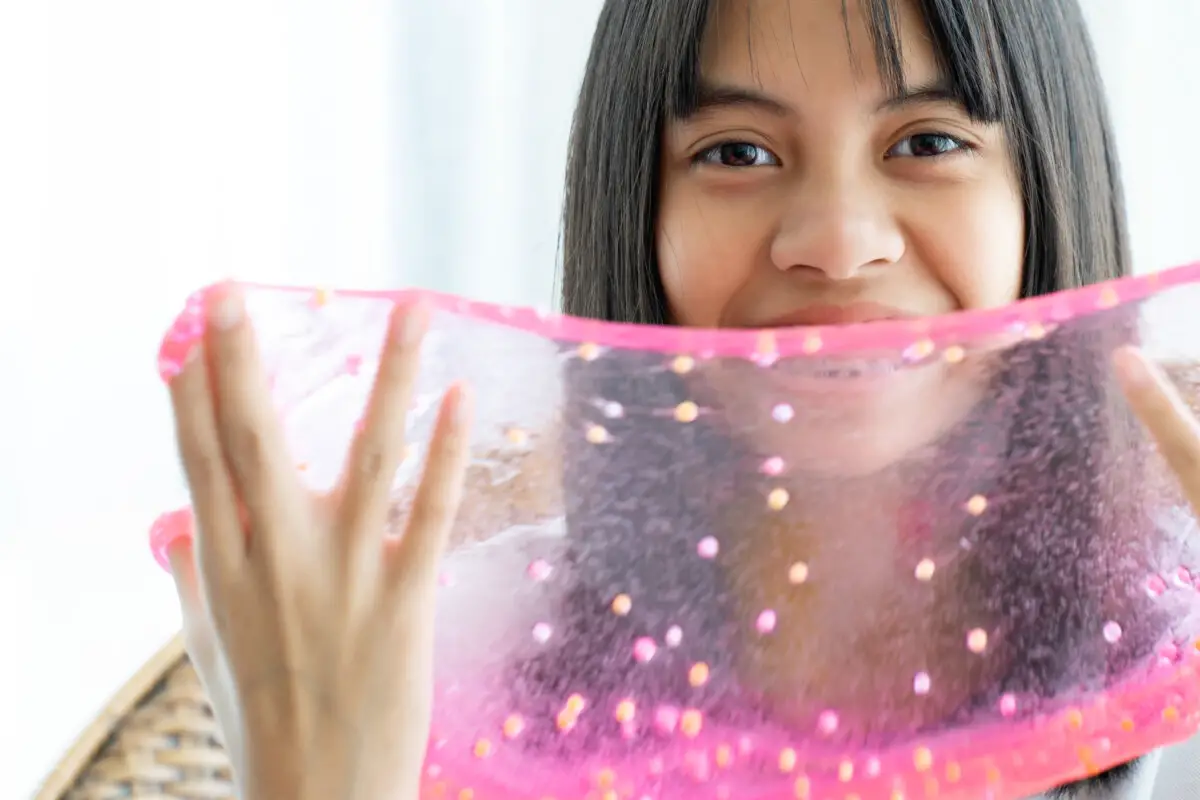Making slime at home with your kids is a fun and creative activity that can keep them entertained for hours. When you follow simple and safe slime recipes, you can create a variety of textures and colors that will captivate their imagination. Whether you’re using shaving cream for fluffy slime or marshmallows for an edible version, these recipes are easy to follow and often use ingredients you already have at home.

One of the great things about slime is its versatility. You can customize it with glitter, food coloring, and even magnetic materials to match your child’s interests. For a quick and easy project, try making slime with glue, baking soda, and saline solution, which only takes a few minutes to prepare. Not only does this activity offer a tactile experience, but it can also teach kids about polymers and cross-linkers.
If you’re looking for more unique slime recipes, you might enjoy exploring options like galaxy slime or mermaid slime, which add an extra layer of excitement to the crafting process. With so many possibilities, slime-making can become a regular part of your family’s routine, providing both enjoyment and educational benefits. Learn how you can start making these fascinating creations today and discover why so many parents and kids are hooked on this gooey goodness.
Understanding Slime Basics
Making slime is both a fun and educational activity. Whether it’s understanding how slime forms or knowing what ingredients are essential, being informed can help you create the best slime possible.
The Science of Slime
Slime is a non-Newtonian fluid, which means it behaves like both a solid and a liquid. This dual nature is due to polymers, long chains of molecules, found in the glue you use. When combined with an activator, such as borate ions from borax, the liquid glue transforms into a stretchy, malleable substance.
The activator causes the polymers in the PVA glue to cross-link, creating a network that traps water and gives slime its unique texture. The consistency of the slime depends on the proportions and types of ingredients used, making it either more viscous or more elastic.
Essential Slime Ingredients
You typically need PVA glue and an activator to make basic slime. Glue acts as the base polymer and should be washable and non-toxic. Common activators include borax solution, liquid starch, and saline solution, each affecting the slime’s texture differently.
Other optional ingredients, like glitter, food coloring, or shaving cream, can be added for variety. For example, adding shaving cream can make the slime fluffy, while glitter can add sparkle. These additions can help customize the look and feel of your slime for extra fun.
Classic Slime Recipes
Discovering the perfect slime recipe can be an exciting adventure for kids. There are several tried-and-true methods, from using household ingredients like glue and baking soda to incorporating borax or contact solution for different textures.
Simple Three-Ingredient Slime
To make a basic slime recipe with just three ingredients, you’ll need PVA school glue, baking soda, and saline solution.
- Ingredients:
- Water-safe PVA school glue: 1 cup
- Baking soda: 1 tablespoon
- Saline solution: 2 tablespoons
- Instructions:
- Pour the glue into a mixing bowl.
- Stir in baking soda until well combined.
- Gradually add the saline solution, mixing continuously until the slime forms and becomes less sticky.
- Adjustments:
- Add food coloring or glitter for extra fun.
- If the slime is too sticky, add more saline solution a few drops at a time.
Traditional Slime With Borax
This classic slime recipe uses borax to create a stretchy and firm slime.
- Ingredients:
- White PVA glue: 1 cup
- Water: 1 cup
- Borax powder: 1 teaspoon
- Food coloring: Optional
- Instructions:
- In one bowl, mix the glue with 1 cup of water.
- In another bowl, dissolve borax in 1 cup of warm water.
- Combine the solutions, stirring constantly until slime forms.
- Adjustments:
- Add food coloring during the initial mixing for a vibrant slime.
- For a firmer slime, increase the amount of borax solution slightly.
Contact Solution Slime
Using contact lens solution can create a smooth and pliable slime.
- Ingredients:
- Clear glue: 1 cup
- Baking soda: 1/2 tablespoon
- Contact lens solution: 1 tablespoon
- Food coloring & glitter: Optional
- Instructions:
- Mix clear glue with baking soda in a bowl.
- Add a few drops of food coloring and glitter if desired.
- Slowly add contact lens solution, stirring until the mixture becomes stretchy and forms a ball.
- Adjustments:
- If the slime is too sticky, add more contact solution in small increments.
- Experiment with different glues like glitter or glow-in-the-dark for unique textures and effects.
Creative Slime Variations
Explore various ways to customize slime with color and glitter, unique textures, or special effects. These fun and exciting variations can keep kids entertained and allow them to get creative with their slime-making projects.
Color and Shine: Adding Glitter and Food Coloring
Add an eye-catching sparkle to your slime with glitter, or use food coloring to create vibrant hues. You can easily make glitter slime by mixing in glitter glue or loose glitter.
For rainbow slime, combine different colors of dyed slime, blending them to create a swirl effect.
Galaxy slime and unicorn slime typically use a mix of colors along with shimmering elements like fine glitter or sequins.
When using food coloring, remember that a few drops go a long way. Mix well to ensure even distribution, and avoid overdoing it to prevent staining hands or surfaces.
Unique Textures: Fluffy, Butter, and Cloud Slime
Introduce diverse textures with fluffy, butter, and cloud slimes. Fluffy slime feels airy and soft, made by incorporating shaving cream into a base slime mixture.
Butter slime adds cornstarch or clay, resulting in a spreadable, smooth texture.
For cloud slime, use instant snow powder, creating a light, drizzle-like consistency.
Fluffy slime and cloud slime can be entertaining for younger kids, as they are less sticky and easier to handle. Experiment with these textures to keep the sensory experience fresh and exciting.
Special Effects: Glow in the Dark and Magnetic Slime
Add an extra layer of fun with glow in the dark or magnetic slimes. Glow in the dark slime can be made by adding glow powder or glow-in-the-dark paint to your base slime recipe.
Expose it to light to charge it, and watch it glow in dark environments.
Magnetic slime requires the addition of iron filings, giving it an intriguing pull when near a magnet.
Interactive and visually appealing, these special effects can add a unique twist to the slime-making experience and captivate children’s interest.
Themed Slime for Festive Fun

Seasonal-themed slime recipes can make your holiday activities more enjoyable. You’ll find ideas for Halloween and Christmas slime, and discover how to create safe, edible slime for worry-free play.
Seasonal Celebrations: Halloween and Christmas Slime
Creating slime that reflects seasonal holidays adds an extra layer of excitement to your activities. For Halloween, try making Halloween Slime with orange and black colors and mix-ins like plastic spiders or eyeballs. This not only sets the festive mood but also makes for a spooky sensory experience.
For Christmas, consider making Christmas Tree Slime with green glitter glue, mixing in sequins and star-shaped glitter for that extra holiday sparkle. Another idea is Snow Slime, where you can use white glue and add iridescent glitter to mimic freshly fallen snow. You can follow detailed recipes with instructions like those found at Christmas Tree Slime Recipe to ensure your slime turns out perfect.
Edible Slime Recipes for Safe Play
Safety is always a concern, especially with younger kids. Edible Slime is perfect for parents who want peace of mind. You can make slime using ingredients like marshmallows, cornstarch, and food coloring. This kind of slime is non-toxic and safe if ingested accidentally.
One popular recipe involves melting marshmallows and mixing with powdered sugar until it reaches a slime-like consistency. Another easy-to-make option uses cornstarch slime, which involves combining cornstarch and water with a bit of food coloring. These recipes ensure that even the youngest kids can enjoy slime play without any safety concerns, making it a suitable option for everyone in the family.
Safety and Storage Tips for Slime

When making slime, it’s important to ensure both safety during play and proper storage to maintain the slime’s quality. Following these guidelines will help you keep slime play both fun and safe.
Ensuring Safe Slime Play
Always prioritize safety precautions when making and playing with slime. Use non-toxic ingredients, especially for young children. If you’re using saline solution slime, check that the solution contains boric acid, as it is crucial for forming the slime. Be cautious with borax-based recipes; make sure you do not ingest or touch your eyes after handling this type of slime.
Wash hands thoroughly after playing with slime. Disinfect your workspace and any bowls or utensils used in the slime-making process. This prevents any residue from causing irritation or leading to accidental ingestion.
Proper Slime Storage Solutions
Store your slime in air-tight containers to prevent it from drying out. Reusable containers are perfect for keeping the slime fresh and maintaining its texture. Label each container with the date it was made to keep track of its age.
Avoid leaving slime out in the open, as it can collect dust and debris. Keep it in a cool, dry place to prevent bacterial growth. Borax-free slimes are particularly susceptible to spoiling, so check them regularly for signs of mold or an off smell.
Conclusion
Making slime at home can be a fun and educational activity for you and your kids. With various recipes available, you can choose the ones that best fit your needs, such as fluffy slime or taste-safe marshmallow slime.
Ingredients to Consider:
- Glue: Typically, washable PVA school glue.
- Activators: Saline solution or baking soda.
- Additives: Shaving cream for fluffiness, food coloring for vibrant colors.
Here are some popular recipes:
- Fluffy Slime: Uses shaving cream, saline solution, and PVA glue. It’s soft and fun to play with.
- Marshmallow Slime: You make this by heating marshmallows and cooking oil, then adding cornstarch. It is safe for kids who are curious and like to taste.
- Peanut Butter and Jelly Slime: This is not taste-safe but fun to play with. You make it with shaving cream for a fluffy texture.
Safety Tips:
- Always supervise children when making and playing with slime.
- Ensure all materials used are non-toxic.
- Encourage kids to wash their hands before and after play.
Wrapping Up
Crafting slime can foster creativity and provide sensory play opportunities. Once you have the basic techniques down, you can experiment with different textures and colors to make unique slime creations that will keep your kids entertained for hours!


